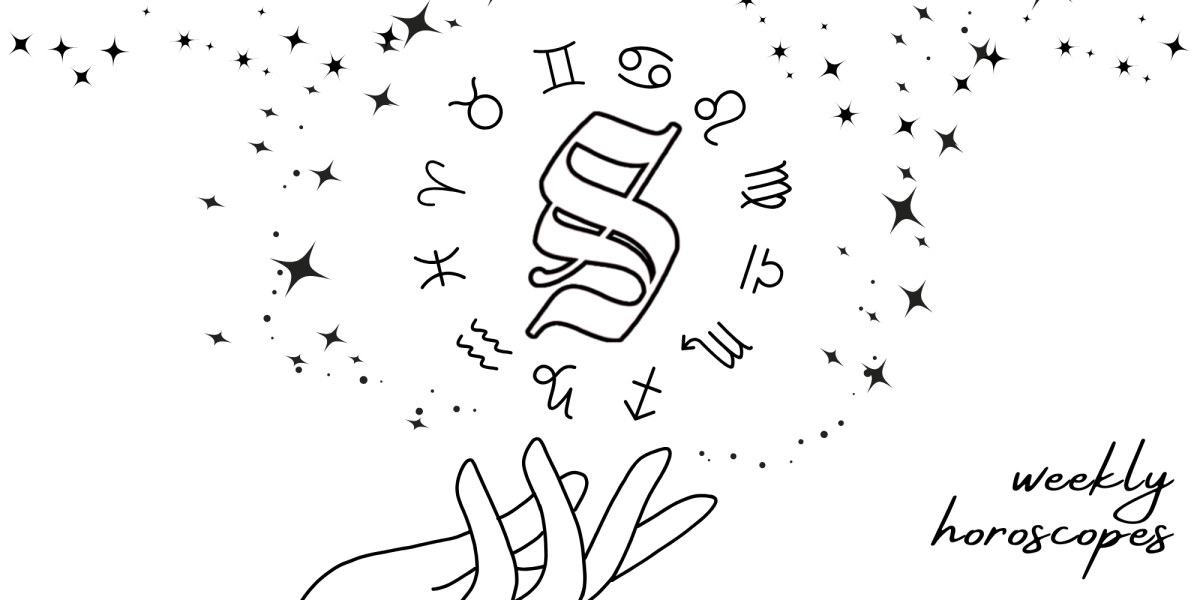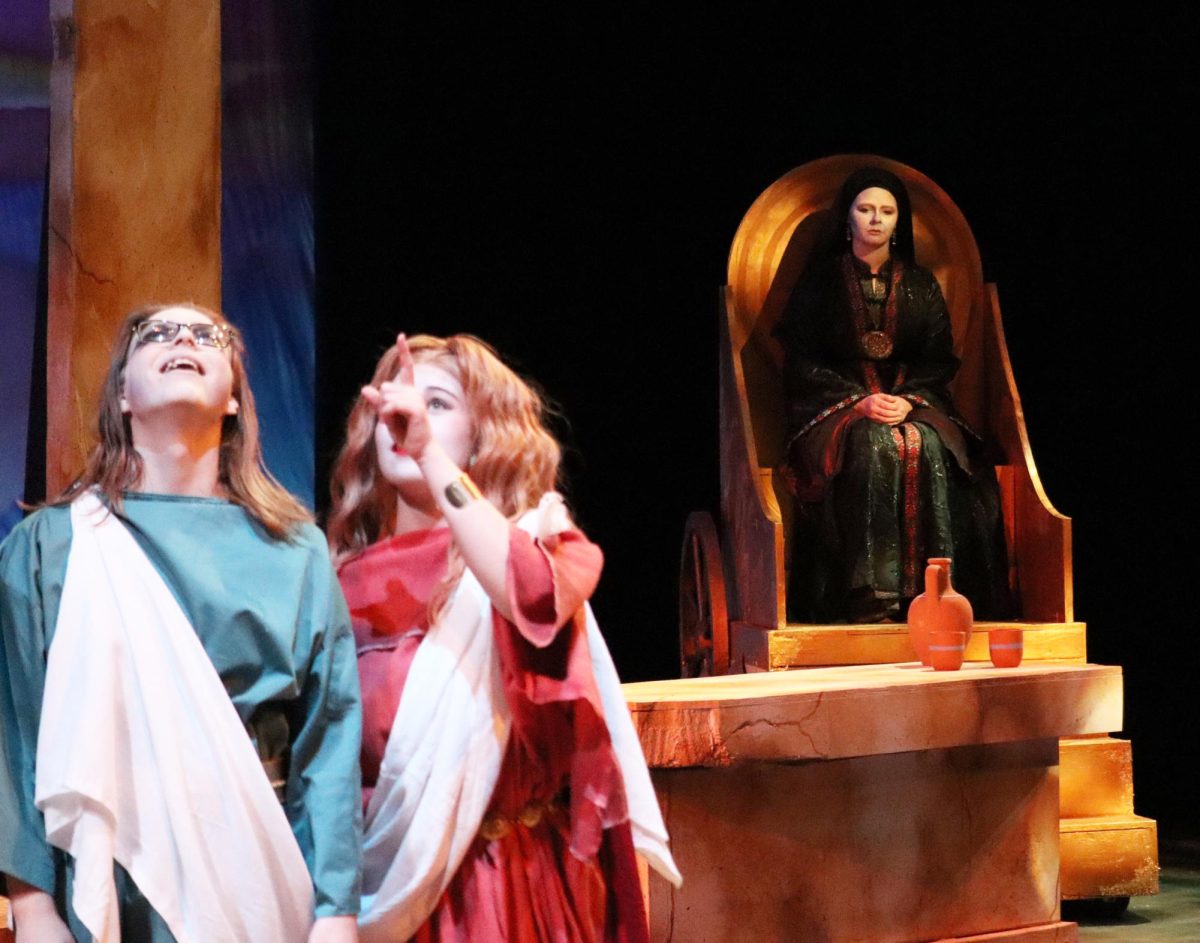Opinion: Anime isn’t weird, you’re just boring
March 30, 2022
I really don’t think I should have to say “hear me out” on this one, but this article is targeted at those who broadly dismiss anime as “weird” or those who refuse to give an anime series a chance.
So, hear me out.
Before I begin my tangent, I will fully admit to the fact that some anime are NOT for me. I would even argue that some anime is, in fact, weird. Though I haven’t personally seen these anime, I feel their background description alone speaks for itself. I won’t drag you readers down the rabbit hole of anime that—I would argue—warrants jail time, but if you know, you know.
I think it’s important to note that anime itself is a medium of entertainment, not necessarily a genre.
Before passing judgment on a medium or labeling it as bad, weird or otherwise, I recommend taking a step back and examining why you may formulate these opinions on said medium in the first place—especially if you lack any real experience interacting with the medium’s content.
Passing judgment on anime, or any medium of entertainment (like theater, podcasts, opera etc.), may be more of a personal, intercultural issue worthy of self-evaluation, rather than an issue with the medium itself.
Basically what I’m saying here is don’t knock it until you’ve tried it.
Anime, as a broad definition, refers to a specific style of animation produced or originating in Japan. Most anime are hand-drawn as a manga series (which is essentially a Japanese graphic novel) before being animated, and most contain very distinct character designs with vibrant, stark graphics.
There are several genres of anime, some of the most popular being: Shounen, Sci-Fi, Shoujo, Slice of Life, Adventure, Comedy, Psychological, Sports, Drama, Mystery, Supernatural and Romance.
Do some of these ring a bell? They should, because most are the same genre type as the TV shows and movies you all know and love.
So, what’s the holdup?
In my experience, many people are hesitant to watch anime because they’re simply not used to the animation style, finding it too unconventional or unattractive. Anime characters often have very distinct and exaggerated facial expressions, often with large, eccentric eyes. They way anime artists depict movement in the face and body also differ from that of Western animation, specifically the animation of characters’ mouths when speaking.
Despite anime’s tendency to have more eccentric character designs and animation style compared to most Western cartoons (which usually depict more realistic, human-looking characters), it’s still—objectively—an art style. Just because it isn’t our cultural norm of animation doesn’t mean it isn’t worth watching and or appreciating.
I also think those with little knowledge of the vastness of modern anime often broadly dismiss anime shows as being catered to children (i.e. they may be using a popular series like Pokémon as their only reference to anime). Some anime are exclusively for children, this is categorized as Kodomomuke anime.
Two subcategories of anime that directly refute this belief are Seinen and Joei, the first are targeted towards adult men and the latter toward adult women. It’s also important to note that many anime include very mature and/or graphic, violent material and dialogue.
Seeing that there is clearly an adult demographic for anime, someone cannot reasonably dub anime as being “for kids.”
I also respond to the deterrent mentioned above with one statement: Watch the first episode of Attack on Titan, then let me know if you think anime is for kids.
I also feel that a lot of people who are quick to judge or deem anime as “weird” do so through the association of the people they know who watch anime. Just because the kids you bullied in high school for being “weird” watched anime doesn’t mean all anime is weird, and most of all, it doesn’t mean you wouldn’t enjoy some.
It’s my opinion that people need to do a better job of remembering that every entertainment medium has super-fans, some of which may take it to the extreme. Yes, we see it with anime, but we also see it with things like Sports, Marvel, Harry Potter, Disney and other forms of entertainment that we consider mainstream here in the U.S.
The only real, substantive difference with anime fans is that they express their love for a form of art and culture that is different from what we see normalized in the West. They may seem different or weird for their expression and appreciation for anime—but that doesn’t mean they’re weird. Let people enjoy things.
I guess the main point I’m trying to make here is that so many people are missing out on quality, peak entertainment because they won’t even give anime a try. You’d be surprised how similar elements of popular anime series are with that of popular TV, Netflix and Hulu series that have taken the Americas by storm.
Many—if not most—anime contain thrilling, complex characters and storylines on the same playing field as award-winning or critically acclaimed TV shows and movies we enjoy in the U.S.
For those who are big Marvel or D.C. superhero fans, you’d likely enjoy some of the Shounen or action/adventure anime. Some of the most universally known in this category are Dragon Ball Z, Naruto, My Hero Academia and Bleach. If you have about 23 years to spare/dedicate to a series, another popular one is One Piece.
If you’re a true crime junkie or like psychological thrillers that leave you on your toes, there are plenty of anime that cater to this audience (and do a great job at that). I would recommend Psycho Pass, Death Note, GANGSTA and Erased.
If you’re a fan of futuristic sci-fi shows or movies, anime like Cowboy Bebop, Neon Genesis Evangelion, Psycho Pass (again) and Gurren Lagann.
I think it’s also important to note that many of these animes cross genres in some capacity. Some of the best anime that subvert a single genre (and some I feel anyone, anime fan or not, would like) include Attack on Titan, Samurai Champloo, Death Note, Black Lagoon and Fullmetal Alchemist.
With this in mind, remember to never judge a book (or anime) by its cover.







